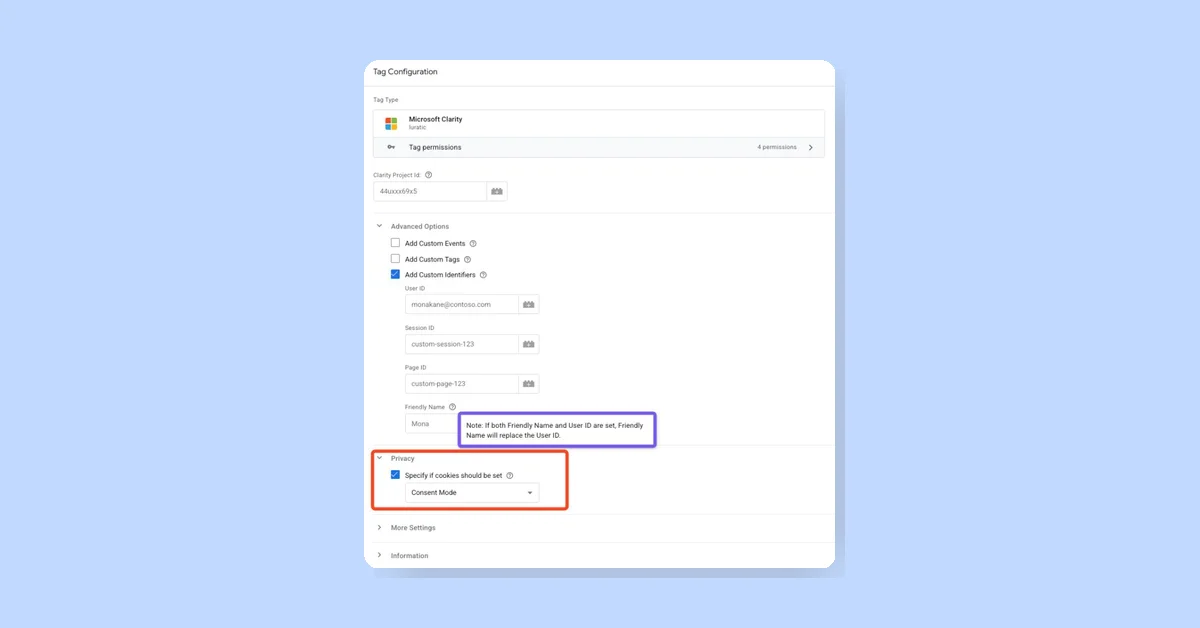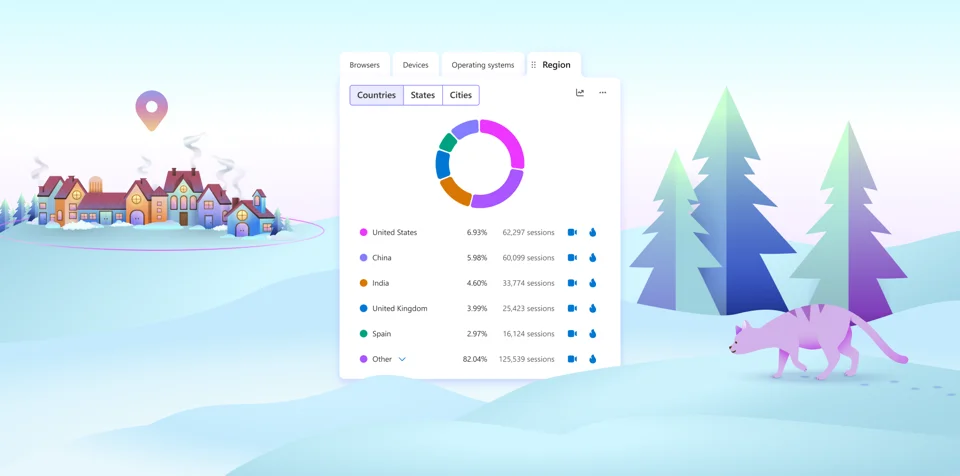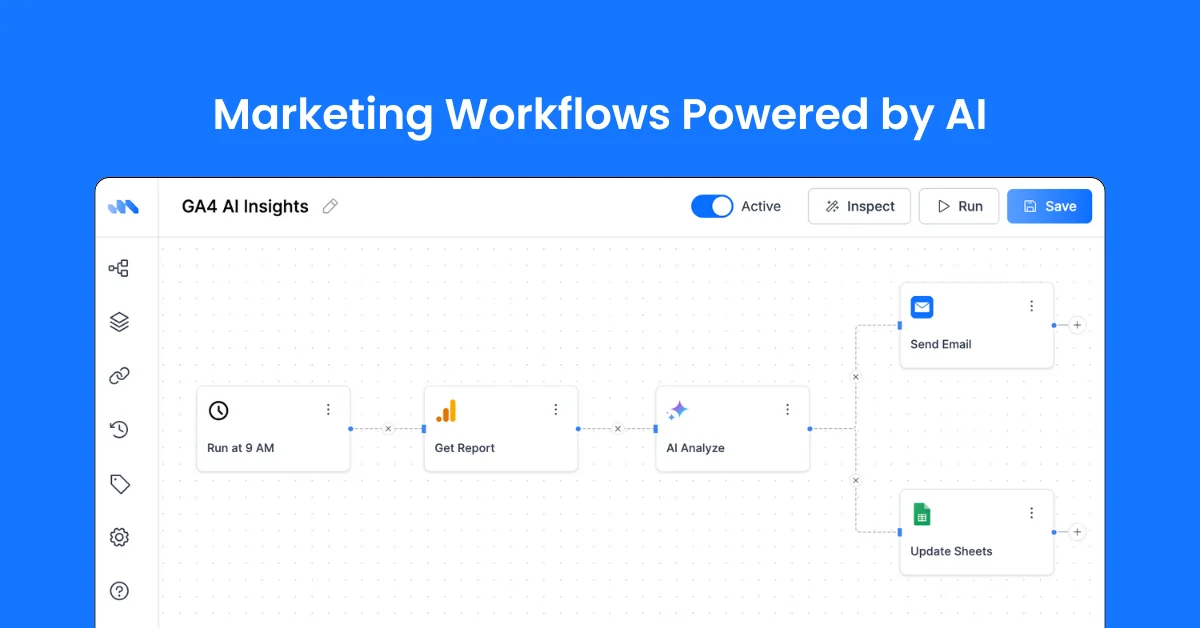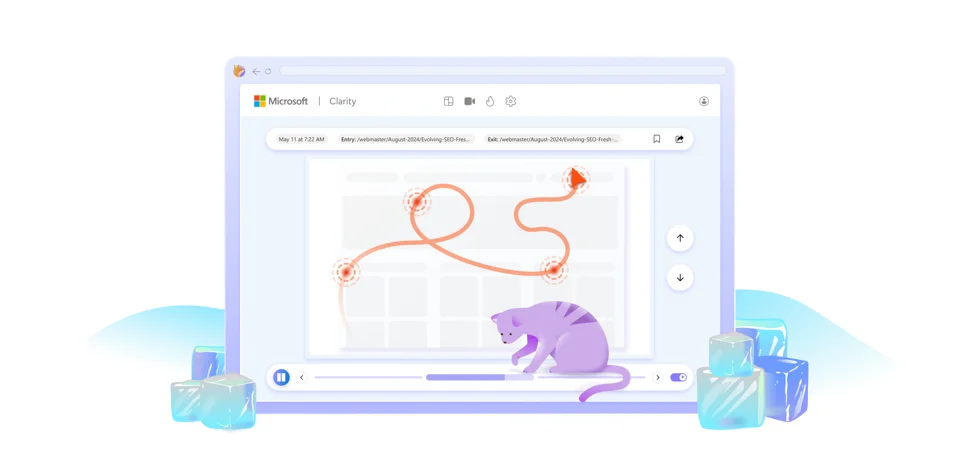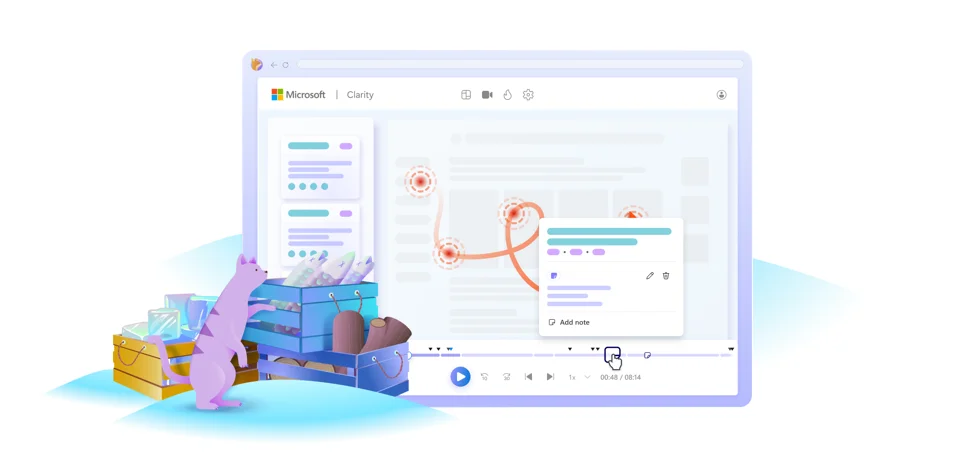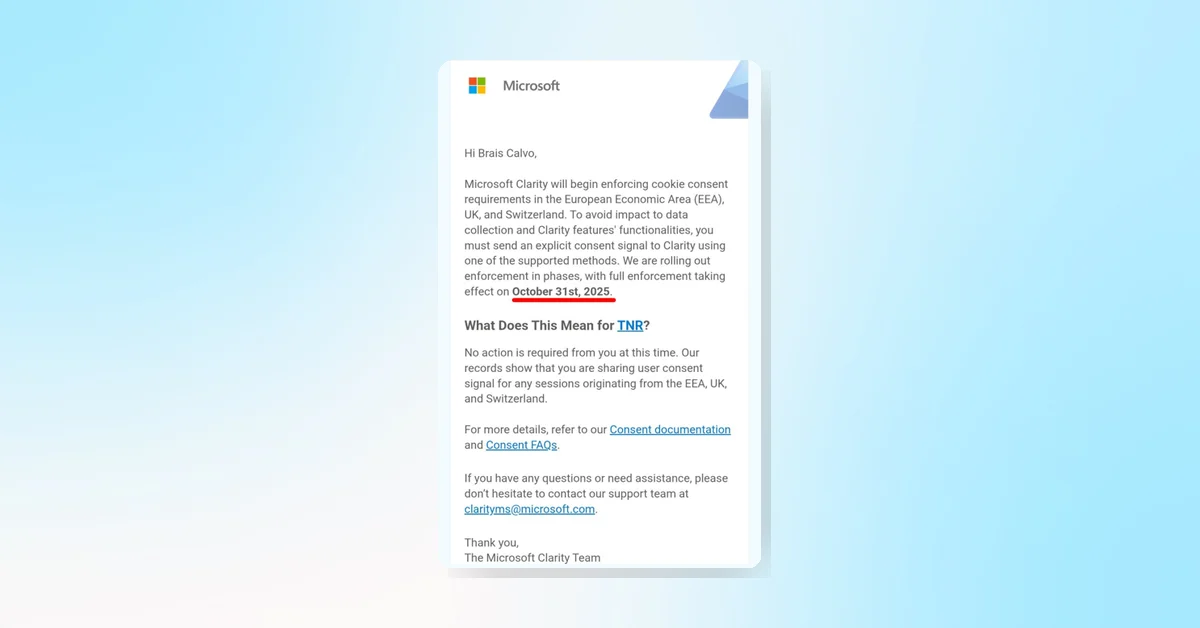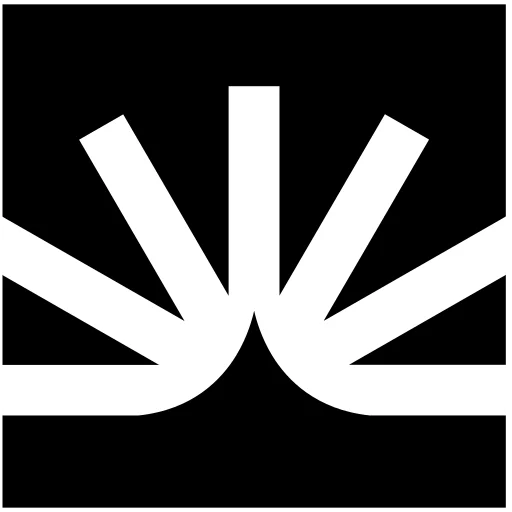Microsoft has unveiled a new 'User Intent' feature for its Clarity web analytics tool, designed to help website owners better understand the quality of their traffic. This update categorizes visitors based on their engagement levels, providing valuable insights into user behavior and campaign effectiveness.
Key Features of the 'User Intent' Update
Three-Tier Categorization: Clarity now groups website traffic into three categories:
- Low Intent Sessions
- Medium Intent Sessions
- High Intent Sessions
Behavior-Based Analysis: The categorization uses multiple signals, including:
- Session length
- User clicks
- Achievement of key smart events
Dashboard Integration: The User Intent module is accessible in the User Overviews section of the Clarity dashboard.
Filtering Capabilities: Users can apply filters across all three intent categories for detailed analysis.

Understanding the Categories
- Low Intent Sessions: Brief interactions (less than 5 seconds) with minimal engagement, potentially indicating bot traffic or content mismatch.
- Medium Intent Sessions: Moderate engagement (over 5 seconds) with some interaction, showing interest without necessarily converting.
- High Intent Sessions: Strong engagement (over 5 seconds) with active interaction, often leading to conversion or near-conversion.
Applications and Benefits
- Evaluate campaign effectiveness by comparing user intent across different traffic sources.
- Identify and address issues causing low intent sessions.
- Focus optimization efforts on converting medium intent users to high intent.
- Gain deeper insights into user behavior and content relevance.
This update to Microsoft Clarity provides website owners with a powerful tool to quickly assess traffic quality and make data-driven decisions to improve user engagement and conversion rates.


